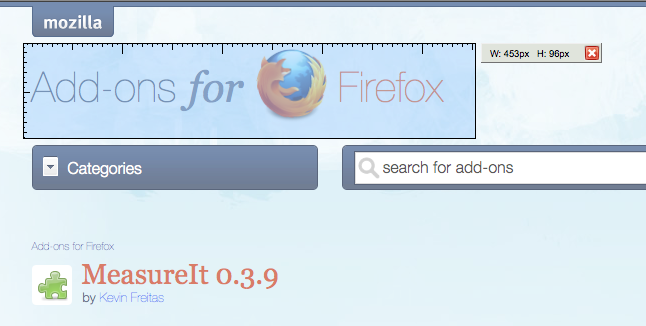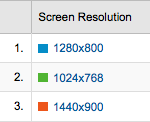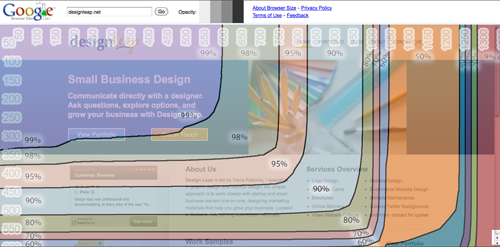 I probably don’t need to tell you that starting an online store is a great way to supplement your income, and – overtime – to hopefully generate a full time income while working from home.
I probably don’t need to tell you that starting an online store is a great way to supplement your income, and – overtime – to hopefully generate a full time income while working from home.
People have always been drawn to the idea of working from home and being their own boss. The best thing about an online store is that the risk is minimal – unlike a brick and mortar store, your initial investment can be very low.
After two years of a shaky economy, more people than ever are looking into opening an online store. If you’re one of them, one of your very first decisions is which ecommerce solution to use.
When choosing the software that will run your online business, it’s important to have all the facts and to make an informed decision. You basically have three options when it comes to ecommerce software:
1. Building your own ecommerce system
This option provides you with the most control of course, but it’s not a viable choice for most small businesses because it’s very expensive. While building a custom online store is the best way to make sure your store looks and functions exactly the way you want it to, going this route will require you to either have programming skills or to hire a programmer, and programmers are expensive.
Even the most basic custom store will cost you at least $10,000, and in most cases, it will cost you much more. For most small business owners, it makes much more sense to use an existing ecommerce solution.
2. Using open source e-commerce solutions
Open source ecommerce solutions such as osCommerce and Zen Cart are widely accessible, and supposedly free. But are they?
OsCommerce states on their site that their solutions “allow store owners to setup, run, and maintain online stores with minimum effort and with no costs, fees, or limitations,” and Zen Cart say that other solutions – not theirs – are “complicated programming exercises” that are “nearly impossible to install and use without an IT degree.”
But these open source solutions are not as simple as they seem to be. While the software itself is free, and while the hosting you would need to purchase is cheap, most business owners would have difficulty handling the installation and customizations by themselves and would need the help of a software developer. As I said before, programming services are expensive, and since the entire idea behind an online store is to lower your risk by spending as little as possible on creating the store, open source ecommerce software is often not the best choice.
3. Using all-in-one ecommerce solutions
 This is my favorite option. It is the easiest and most affordable so it makes a lot of sense for most small businesses. You find a reputable provider (I like Volusion
This is my favorite option. It is the easiest and most affordable so it makes a lot of sense for most small businesses. You find a reputable provider (I like Volusion ), pay a very affordable flat monthly rate (just $25 per month for a small store), and they basically take care of EVERYTHING – no need for you to worry about programming, hosting or backup – they do it all. By the way, I’m not just saying this because I’m an affiliate for Volusion, I really do recommend them to all my clients.
), pay a very affordable flat monthly rate (just $25 per month for a small store), and they basically take care of EVERYTHING – no need for you to worry about programming, hosting or backup – they do it all. By the way, I’m not just saying this because I’m an affiliate for Volusion, I really do recommend them to all my clients.
While some ecommerce providers limit your choices of what your store will look like, one of my favorite things about Volusion is the flexibility they offer in terms of the look and feel of your site. I also love how easy it is to build and manage the store – the web-based administration area is very intuitive, you can upload products to the store via a spreadsheet, and the entire experience is very non-intimidating and friendly. Another important feature of the software is that it’s SEO-friendly, which helps your site get found on the Web.
Starting your very own online store is exciting! Make sure you keep the costs down by choosing the right ecommerce solution for your needs.


 I probably don’t need to tell you that starting an online store is a great way to supplement your income, and – overtime – to hopefully generate a full time income while working from home.
I probably don’t need to tell you that starting an online store is a great way to supplement your income, and – overtime – to hopefully generate a full time income while working from home.

